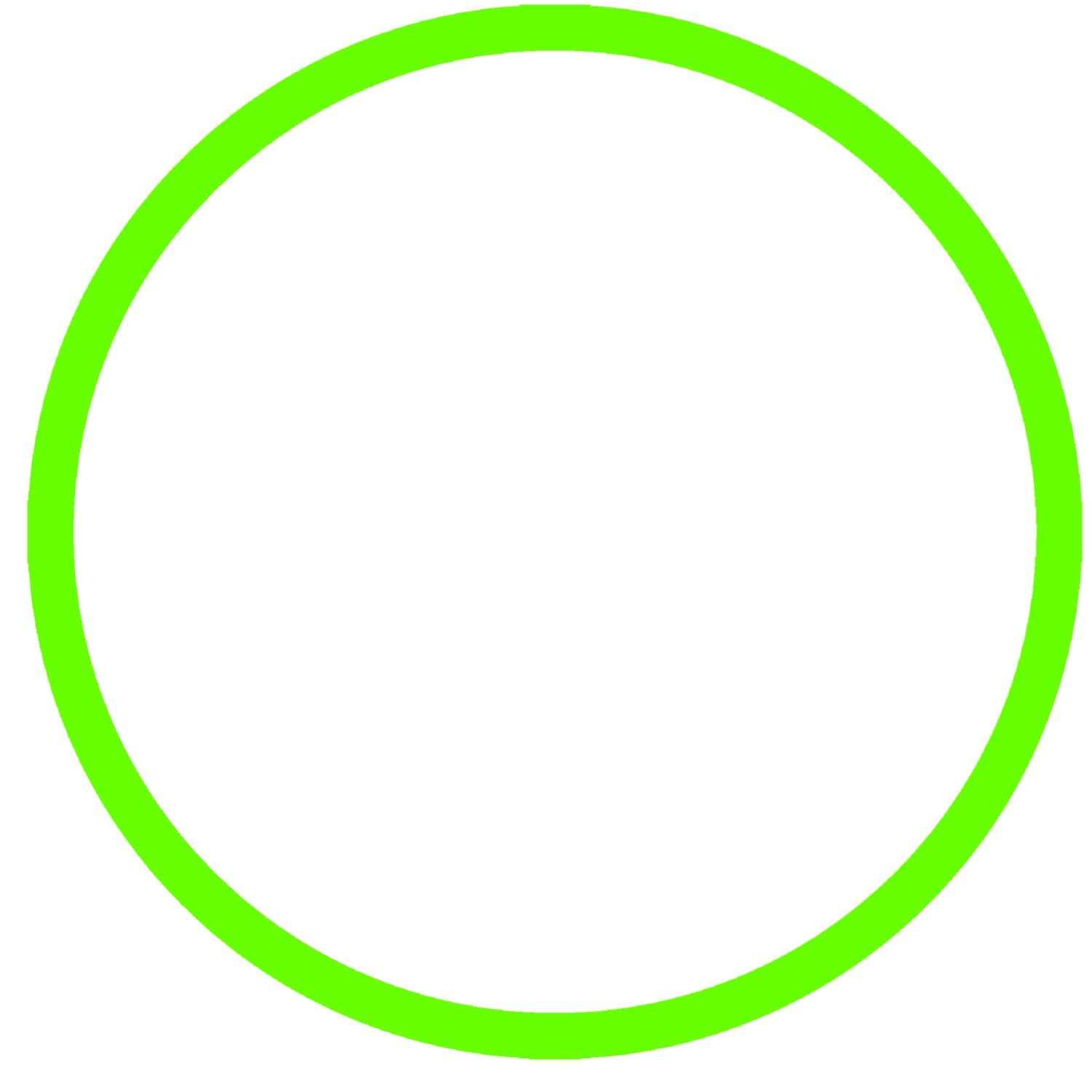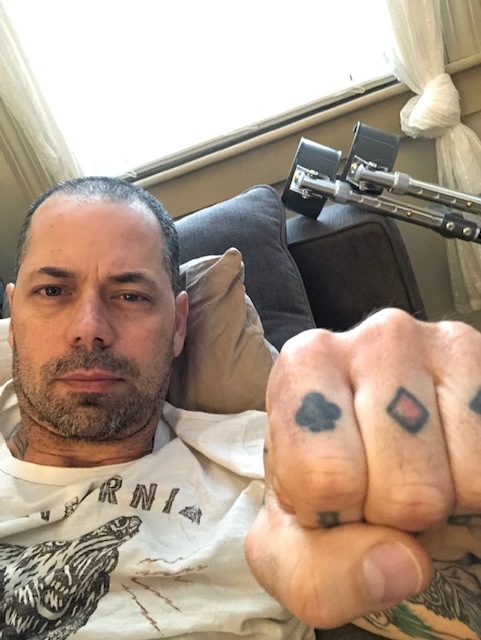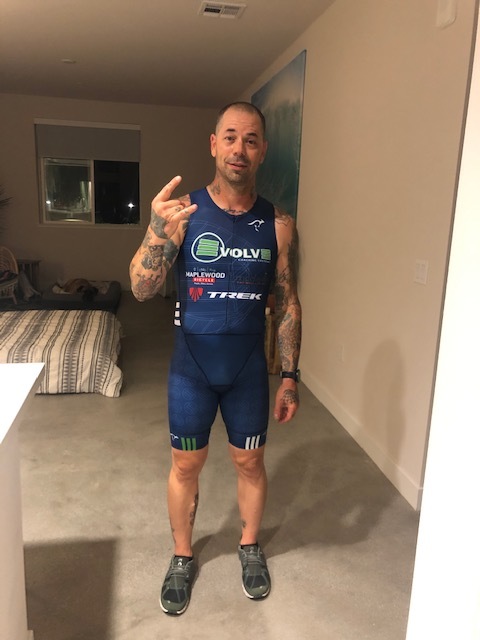Whether you’re zooming down the road with the sun on your face and wind in your hair, or crushing Zwift races in your basement, riding a bike is simply awesome. What is decidedly NOT awesome is saddle pain. Here are a few tips to help you find the right saddle for you, so that you can enjoy cycling pain-free, and maximize your potential on the bike!
Pain Does Not Equal Gain
As endurance athletes, we’re conditioned to endure hours upon hours of training and racing. Saddle pain is not something you should attempt to push through - numbness, pain, saddle sores, etc are signs that you need to take action, and unattended, could set you up for long term damage. Keep in mind that if you’re experiencing pain and therefore shifting around on your saddle, breaking the TT position to sit up and give yourself relief, etc - you’re not making the most of your fitness, and you won’t be able to ride to your potential. You should be focused on cranking out watts, and not pain in your nether regions!
Get Fit!
Get a professional bike fit, and work with your fitter to identify saddles that will work for your anatomy and position on your bike. Your fitter should be someone who you trust and can talk openly with - be honest about what is and isn’t working for you, and why. Keep an open mind, and remember that everyone’s bodies are different; a saddle that your friend swears by may not be right for your shape and anatomy. Remember that as your bike fit evolves, your saddle needs may change as well.
Check Your Shorts
There are other factors that contribute to comfort too - like your shorts and chamois cream. Make sure that you’re wearing quality bike shorts that are tight fitting, free from irritating seams, and made of antibacterial fabric. Use a sufficient amount of chamois cream - and consider also applying some cream directly to the chamois in your shorts (our sponsor, Zealios, makes a great product called Betwixt - highly recommend!). When picking shorts, keep in mind that more padding might not be better for you riding in the TT position. Also, make sure that you’re washing your shorts as quickly as is reasonable after you ride to keep bacteria at bay.
Consider an Adjustable Saddle
Still uncomfortable? You may want to consider an adjustable saddle, like Bisaddle. These saddles are infinitely adjustable, and will allow you to completely customize your fit. Bisaddle offers 3 different models, as well as a saddle builder that allows you to customize your rails, frame and surface padding.
Hope these tips help you get comfy on your bike, and make cycling more fun, and less of a literal pain in the ass!
Coach Kristen












